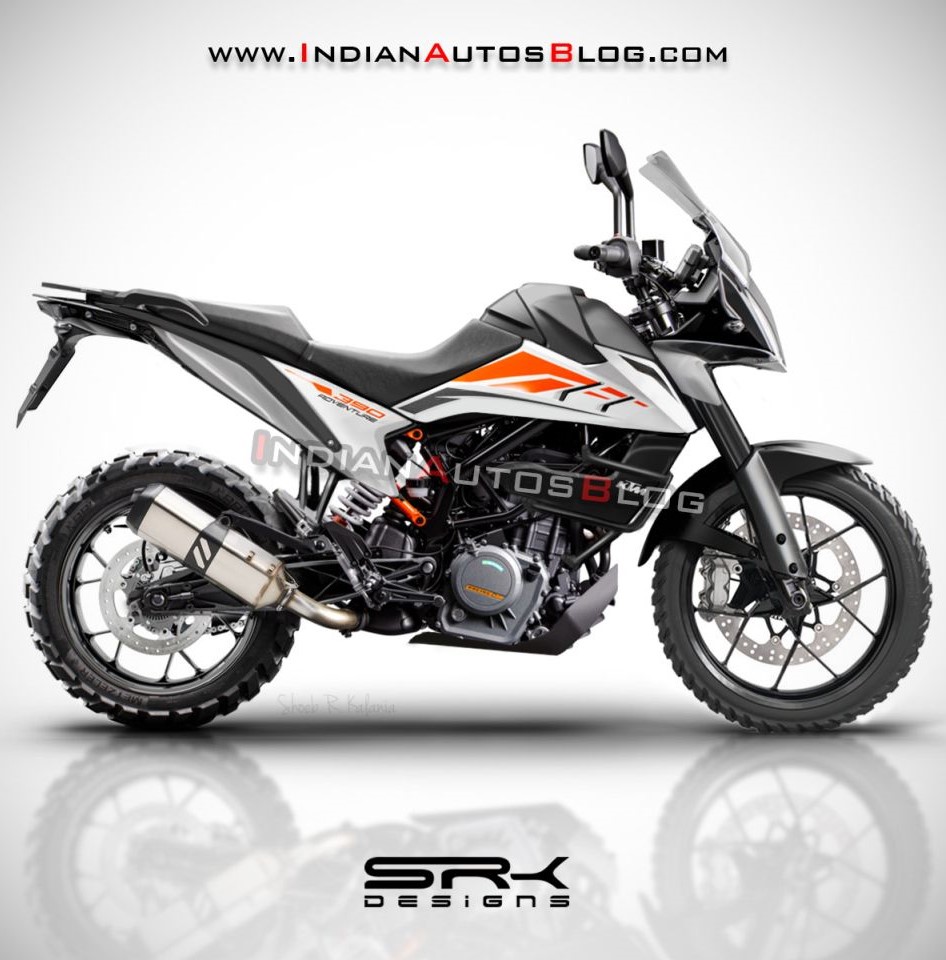The much-awaited KTM 390 Adventure is all set to make an official debut at the EICMA in November 2019. According to a recent report from IAB, the motorcycle will enter into its mass production stage in India in December this year. It will be manufactured at Bajaj’s Chakan plant in Pune while the brand is expected to price the motorcycle competitively.
The KTM 390 Adventure is expected to launch in the Indian market in early 2020. As per the recent buzz, the upcoming bike will get a premium of around INR 30,000-40,000 over the price tag of the Duke 390 and one can expect the 390 Adventure to be priced between INR 2.80 to INR 3 lakh (ex-showroom). The motorcycle will compete with the likes of the BMW G310GS, which is currently available at an ex-showroom price tag of INR 3.49 lakhs.
Featuring a trellis frame, the upcoming KTM 390 Adventure will feature LED headlight in addition to getting LED tail lamps. The brand is expected to equip the motorcycle with a fully-digital instrument console that will feature Bluetooth connectivity as well as turn-by-turn navigation feature.

The recently spotted test mules of the motorcycle feature alloy wheel setup at either side though the brand may also offer the wired spoke wheels as an additional power part. In addition to featuring a 19-inch front wheel and a 17-inch rear wheel, the motorcycle will come with various touring capabilities.
Coming to the mechanical bits, the KTM 390 Adventure will get the same engine as that of the Duke 390 though the brand will tweak the power output and gear ratios keeping its adventure nature in mind. The upcoming bike would most probably be KTM’s first 390 series product to get a BS6-compliant engine
On the Duke 390, the BS4-compliant version of the 373.2cc single-cylinder liquid-cooled engine is capable of churning out a maximum power of 43.5 hp at 9,000 rpm and a peak torque of 37 Nm at 7,000 rpm. The KTM 390 Adventure will feature USD forks at the front while the rear will get an adjustable monoshock. The motorcycle will feature disc brakes at either end with switchable ABS as standard.
Source: IAB


